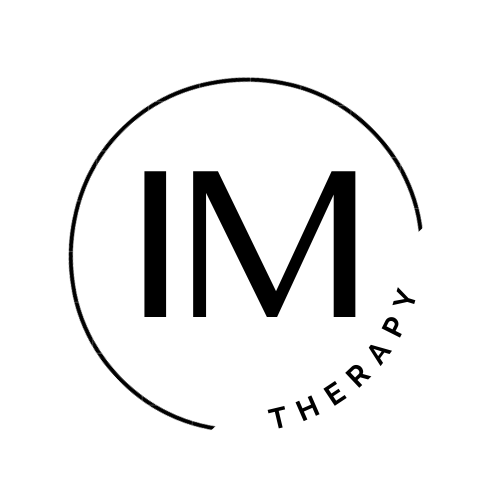
Motor speech disorders vs. Articulation disorders vs. Phonological processes: What’s the difference? Why does it matter?
MOTOR SPEECH DISORDERS
When we think of motor speech disorders, two general neurologically-based disorders come to mind, i.e., apraxia and dysarthria. Apraxia is generally characterized by a lack of coordination with the oral structures required to produce speech. The speaker may have difficulty producing speech sounds and words with consistency. For example, the same word may sound different with each production of that word. There may be difficulty with maintaining vowel sounds and with producing longer, more complex words—the major hallmark is inconsistency. Dysarthria is characterized by a general incoordination of the systems required to produce speech. This motor speech disorder is due to a weakness of one, some, or all, the speech system components. The speech systems in question include voice, respiration, resonance, or prosody. There are several different types of dysarthria. Motor speech disorder can be seen across the lifespan.
ARTICULATION DISORDERS
Articulation disorders may also be seen across the lifespan; however, they are most often seen with children. Children with typically–developing speech learn to produce speech sounds in a somewhat predictable pattern. In essence, children are expected to produce specific speech sounds by a certain age. Typically, by 7 or 8 years of age, all speech sounds should be developed—the sounds should be produced clearly nearly all the time if not all the time. When a child does not produce the expected speech sounds by the expected age then he or she may be identified as a child with an articulation disorder or a phonological disorder. One of the main threads that is key to understanding articulation disorders is that speech sounds develop as the child ages.
PHONOLOGICAL PROCESSES
Unlike articulation disorders, phonological processes are typically seen only with children or those who may have never stopped applying phonological processes to their speech. The general idea of phonological processes involves the elimination of rules that children apply to speech production. In principle, it is thought that children apply all phonological processes when they are learning to speak. For example, a child may not produce the last sound in a word or a child may not produce all syllables in a word because the child has not learned how to abandon the idea of dropping the last sound or syllable yet.
If you are having difficulty understanding your loved one, child or adult, it is important to discuss your concerns with a physician to decide if a speech and language evaluation is needed. A comprehensive, well-executed, speech and language evaluation along with the highly-skilled speech and language clinician will help you clearly chart your course and help you to decide the next, most appropriate, course of action. In some cases, intensive therapy may be indicated and as you may know, everything starts with a proper diagnosis.
If you or someone you know needs the services of a licensed and certified speech-language pathologist, please be sure to discuss your concerns with a physician, a speech-language pathologist, or another qualified provider. You can also find a provider through the ASHA ProFind service or visit us at www.bilingualspeech.org for more information. Additional information on this topic can be found at mayoclinic.org or at asha.org. NOTE: This article is intended only as a general source of information, i.e., it is not intended to replace information given to you by a qualified health professional that is familiar with your particular circumstances. Lastly, if you have an urgent medical need, please seek immediate medical attention.

